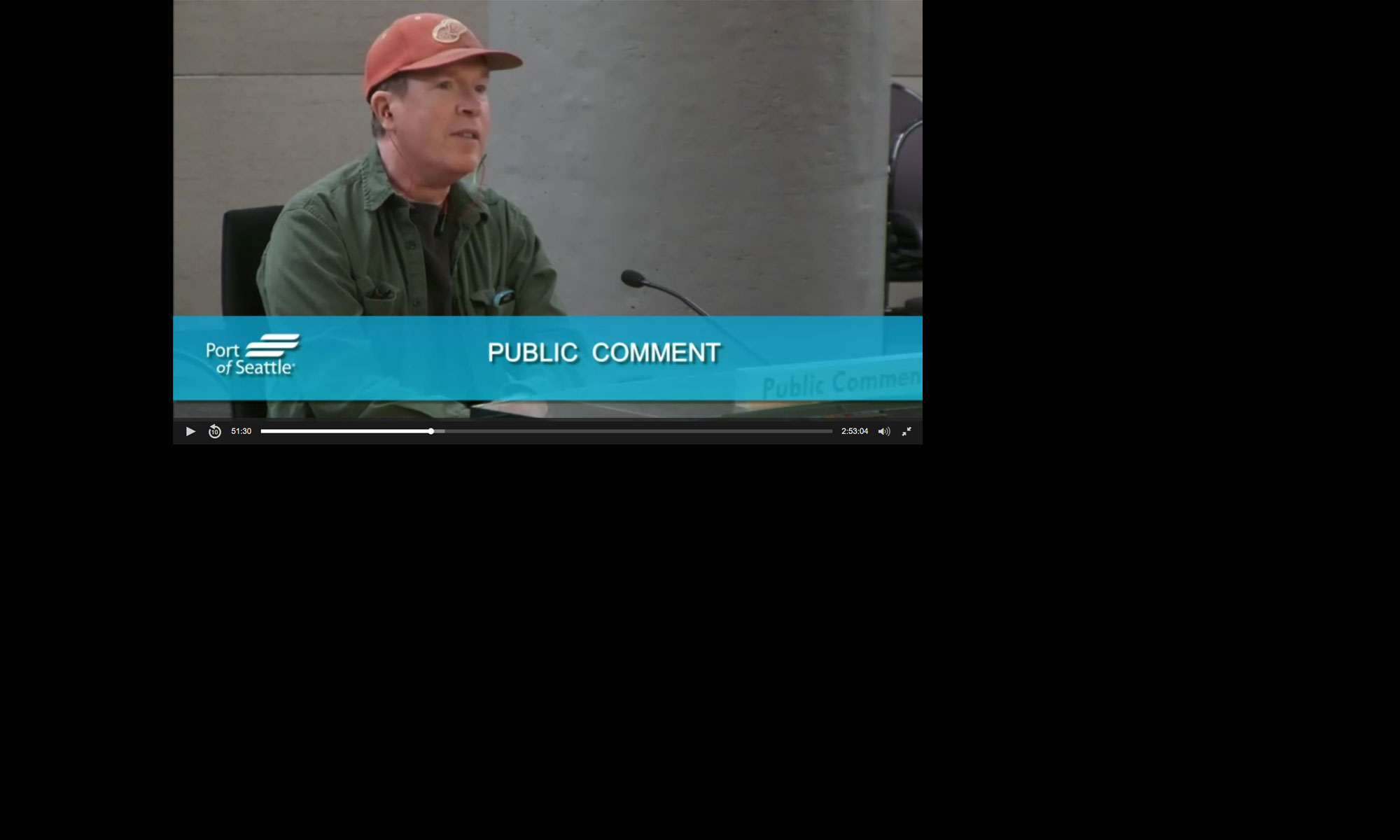
The town of Des Moines wants to get a new water taxi service going out of its marina, but not with your average ferry. It’s looking at bringing in an all-electric, zero-emission, hydro-foiled boat.
If you’ve never seen one, it glides above the water, not on it.
“This is really what you call half a boat and half a plane,” said Sampriti Bhatacharyya with Navier Boat. “There are four wings underwater, and at a certain speed, you can lift off, and suddenly, you’re four feet above the water.”
Bhatacharyya and her team from Navier trucked a pre-production boat up from California to demonstrate its power, as quiet as a whisper, for the city of Des Moines, state and local elected leaders, and other maritime industry experts.
“It’s really about the technology,” said Stephanie Bowman, the Governor’s Maritime Sector lead.
Navier’s all-electric, hydro-foiled boat can run 35 knots. And since this boat is not pushing water but gliding above, there’s no need to worry about seasickness.
While that pre-production boat only holds six passengers, Matthias told KOMO News they’re looking at getting a 60-passenger boat.
“So, it’s a small boat to start with, but ideally, with partners, we could do something much larger,” said Matthias.
RELATED: Ferry prices to increase to help Washington meet revenue requirements
That idea could take us back to the days of the Mosquito Fleet – when private water taxis and cargo boats crisscrossed the Puget Sound and Lake Washington. KOMO News asked Bowman if these types of small vessels or ferry systems would be competing against state ferries.
“It wouldn’t be a competition at all. It would be supplementing what Washington State Ferries does,” said Bowman.
Bowman told KOMO News the state is behind this new technology to connect towns across the water because these smaller communities are not served by state ferries.
“What’s exciting from the state of Washington’s perspective is that we have a Maritime community that is the most innovative in the world. We have shipbuilders, we have ship designers, we’ve got all of the building trades,” said Bowman.
Bhatacharyya told KOMO News the Navier boat is totally scalable. The company may even begin production in Washington. That would add maritime jobs, and once the water taxi service is up and running in Des Moines or other local communities, it also brings business to those small towns.
“Everyone’s interested in this being successful,” said Michael Matthias, the city manager in Des Moines.



